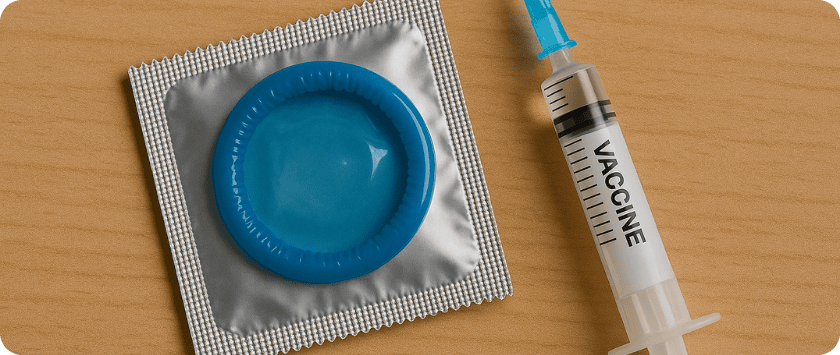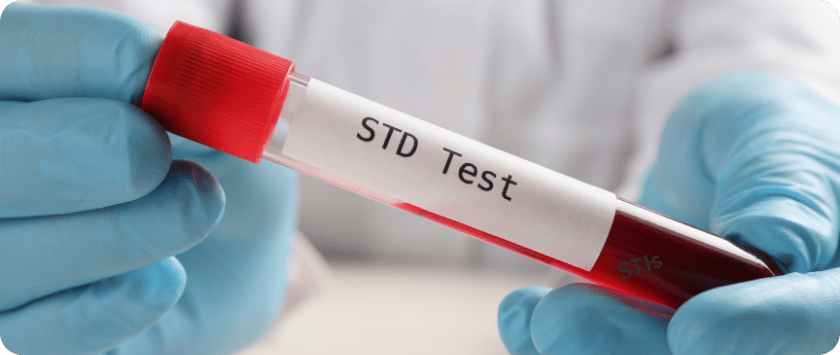Preventing Sexually Transmitted Infections (STIs)

What Are STIs?
Sexually Transmitted Infections (STIs) are infections caused by viruses, bacteria, fungi, or parasites that are transmitted through sexual contact. This includes vaginal, anal, or oral sex.
When an STI progresses and leads to noticeable symptoms or health complications, it is referred to as a Sexually Transmitted Disease (STD). In other words, an STD is an STI that has advanced to the point of causing illness or physical symptoms in the body.
How STIs Are Transmitted
Sexually Transmitted Infections (STIs) can be transmitted through oral, anal, or vaginal sex, as well as through direct skin-to-skin contact in the genital area. Infection can still occur even without penetration, if there is any risky contact involving infected areas or fluids.
Risk Factors for Contracting STIs
Certain behaviors can significantly increase the risk of acquiring an STI, including:
- Having vaginal, anal, or oral sex without using condoms
- Having multiple sexual partners
- Having sex with partners whose HIV status is unknown or undisclosed
- Engaging in sexual activity while under the influence of alcohol or drugs, which can lower inhibitions and increase risky behavior
Symptoms of STIs
Most STIs do not show any symptoms, especially in the early stages. You or your partner could carry an infection without knowing it.The only reliable way to know your status is through regular testing.
How to Prevent and Reduce the Risk of Sexually Transmitted Infections (STIs)
To protect yourself from STIs, you can follow these essential strategies:
- Abstain from all forms of sexual activity—vaginal, anal, and oral sex— which is the only 100% effective way to avoid infection.
- Get vaccinated—Vaccines such as those for Hepatitis B and HPV can significantly reduce your risk.
- Limit the number of sexual partners to reduce exposure risk.
- Get tested regularly, and encourage your partner to do the same. Share your results openly and honestly.
- Maintain a mutually monogamous relationship, where both partners have been tested and confirmed free of infections.
- Use condoms correctly and consistently during every sexual encounter.

Testing, Diagnosis, and Treatment of STIs
Knowing your status is a vital step in protecting yourself and others from STIs. You should consult a doctor or healthcare provider to get tested directly.Self-assessment is not reliable—only proper testing can confirm your health status.
Your partner should also be tested, as many STIs are easily diagnosed and treated. If either of you tests positive, both partners must undergo treatmentto prevent reinfection or further transmission.
Start taking care of your sexual health today—find an STI testing center near you and get the care you need safely and responsibly.
